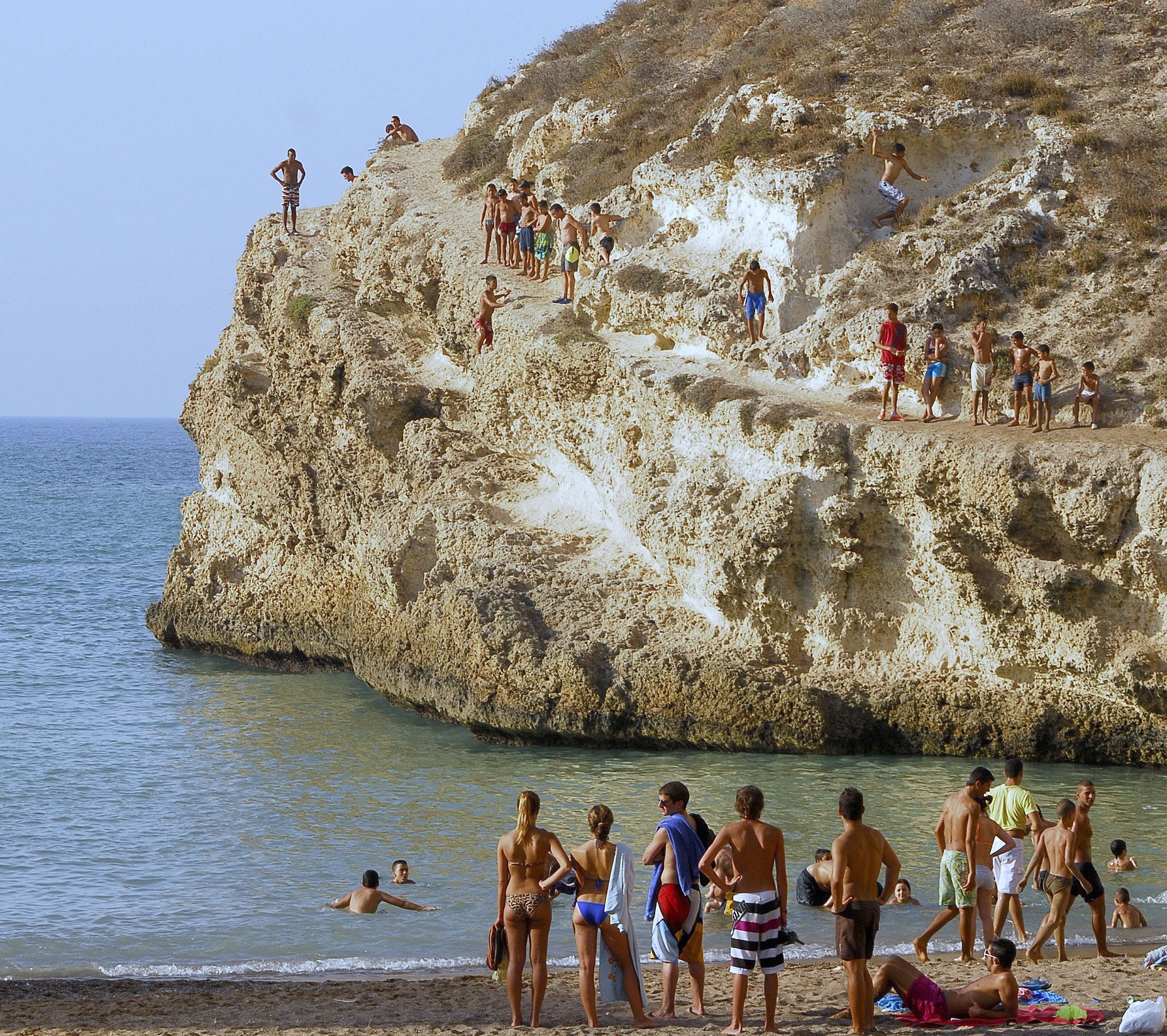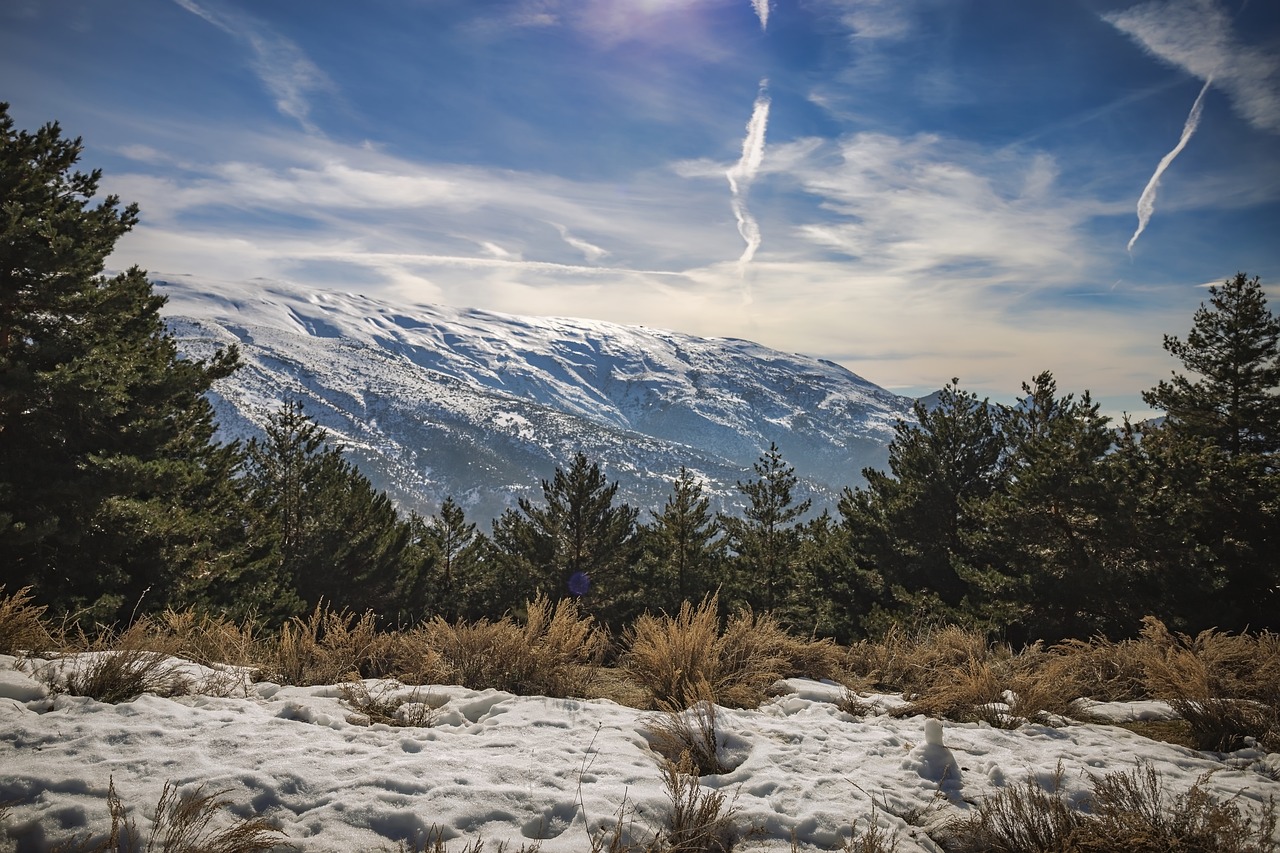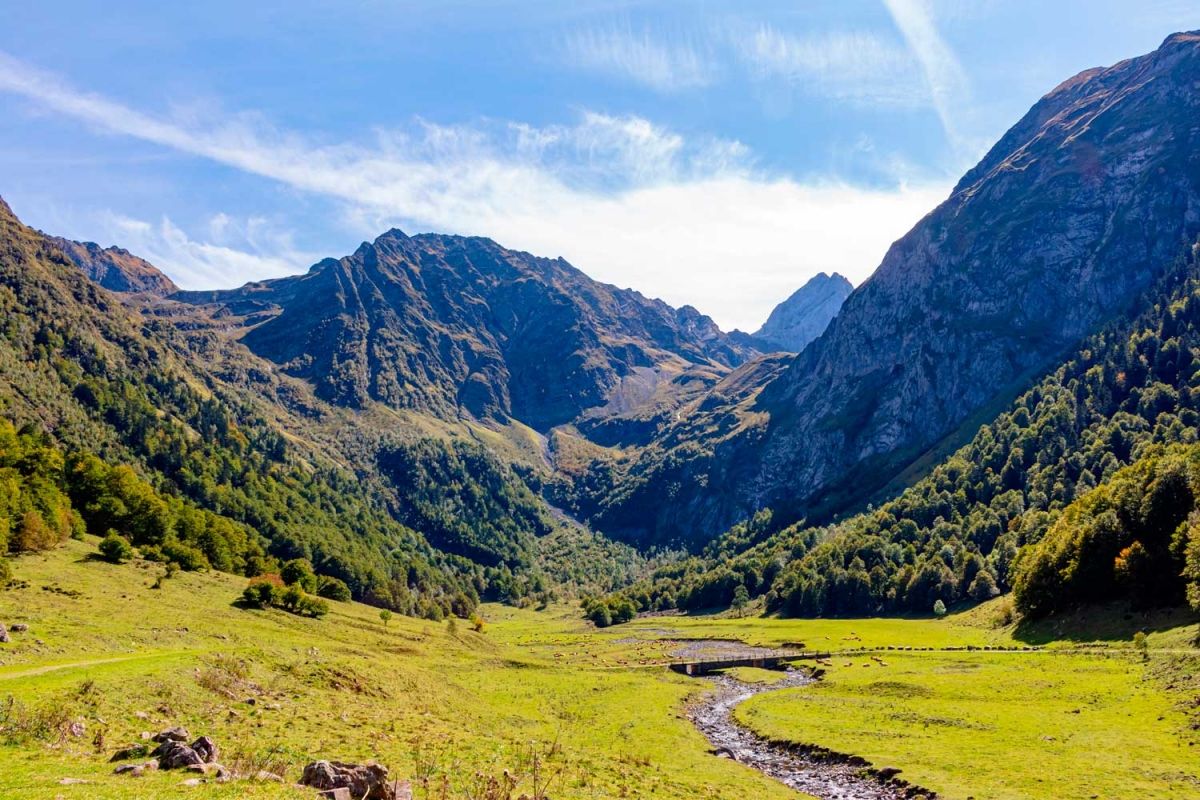Days 1 and 2: Barcelona – The Gateway to the Costa Brava
Our trip begins in the bustling metropolis of Barcelona. This cosmopolitan city acts as the perfect starting point.
On our first day, we will wake up early to make the most of our hours in Barcelona. We couldn’t start the day without trying the typical Catalan breakfast, the traditional pan tumaca.
We begin our visit, walking along the Paseo de Gracia, an iconic street for its luxury shops and incredible buildings, where some of Antoni Gaudí’s masterpieces are located, such as Casa Batlló and Casa Milà (La Pedrera). If you are interested in seeing the inside of the buildings, you should know that there may be queues even at this time of year and that tickets can be somewhat expensive: entrance to La Pedrera from €28 and entrance to Casa Batlló from €25. I leave you the links to the official pages:
If you continue on the same walk, we also recommend seeing another work by the Catalan architect, Casa Vicens Gaudí, the first building designed by him.
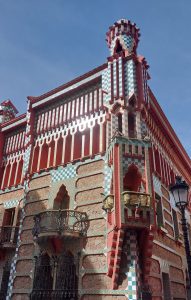

In the afternoon, we venture into the streets of the Gothic Quarter, the historic heart of Barcelona. Here you can visit the majestic Barcelona Cathedral and as it is the most emblematic neighborhood of the city, we decided to take a free tour that was very worthwhile, as we learned more details about the history of the city and also important characters and legends related to this neighborhood. You can find several websites with recommendations for free tours, we went with Free Walking Tours Barcelona and we loved the experience.
We end the day having dinner, the most typical Catalan dish you can try, calçots. Calçots are similar to leeks, tender and sweet, which are grilled and accompanied by a romesco sauce, made with tomatoes, peppers, almonds, hazelnuts, garlic and olive oil. There are many places where you can try them, but we made ourselves recommend a couple of places that also had very reasonable prices: El Glop Brasserie (there are several around the city) and Mussol Casp.


On the second day, we went to the Sagrada Familia and spent more than an hour admiring the impressive work and reading information about the construction.
Unfortunately, we were unable to enter because we tried to get tickets a few days before and they were already sold out. It is highly recommended to buy tickets well in advance, as they tend to sell out quickly. The minimum price of tickets is €26 with audio guide, buying them on the official website of the Sagrada Familia.
As it was a very nice day, we took a walk on Barceloneta beach and had a beer sunbathing.
If you like fish and seafood, Barceloneta is the perfect neighborhood to enjoy fresh fish dishes. If you want quality and good price, we recommend looking for traditional places like the «cans» («the house of» in Catalan) in the smaller streets in the old town. We had shrimp fritters, prawns and a black rice that was amazing at Bar Cal Chusco. Super recommended!
With our batteries recharged, we headed to the emblematic Parc Güell, designed by Gaudí himself. Here, you can stroll among the colorful sculptures and impressive mosaics that adorn the park, while enjoying unparalleled panoramic views of the city. The park entrance can be purchased online and choose the time you prefer, at a cost of €10.
In the afternoon we took a walk around the Barrio del Born, one of the most frequented neighborhoods due to its lively atmosphere full of bars and restaurants, although somewhat quieter than the Gothic Quarter.
We went to rest early to regain our strength and the next day continue our adventure on the Costa Brava
If you are looking for accommodation in towns and rural areas of Catalonia, we recommend you take a look at the Naturaki website, ideal especially if you are traveling in a group.
Days 3-4: Lloret de Mar Tossa de Mar:


From Barcelona, head towards the coast until you reach Lloret de Mar (approximately 1h 15min by car), a popular tourist destination known for its white sand beaches and vibrant nightlife Here you can relax on the beach if the weather is good or explore the picturesque alleys of the old town.
Very close by, you can reach Tossa de Mar, a charming coastal town that blends natural beauty with medieval history. Stroll through the narrow cobbled streets of the old town and reach the beach, where you can admire the impressive views from the imposing Tossa de Mar Castle.
If you like hiking, we recommend doing a route starting from Platja Gran de Tossa, as the entire coast is a succession of cliffs and beautiful coves, where you can enjoy amazing views.
We continue our journey inland, arriving at Figueres.
Day 5: Figueres and Peralada – Art, Culture and Wine


We spent the night in Figueres, located in the Alt Empordà region, in the province of Girona. It is mainly known for being the birthplace and burial place of Salvador Dalí and here you can visit the Dalí Museum, which houses the largest collection of works by the famous surrealist artist.
Just a 10-minute drive away, we arrived at our next stop, Peralada, a charming medieval town known for its imposing castle and, above all, its wineries.
Although we are in the cava region, you can taste many other types of delicious wines. We went to visit the Celler Perelada wineries, where we were able to try some of their wines and we can say that it is worth stopping at the New Winery, as it is a spectacular space, as it is an old building, redesigned by RCR Arquitectes.
Day 5: Cadaqués, Sa Tuna, and Palafrugell
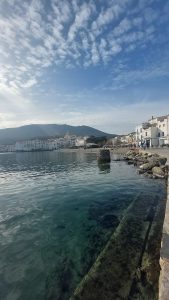

The next day, we continued to Cadaqués, a town on the coast where Salvador Dalí lived, in the nearby town of Portlligat. Dalí spent much of his time in Cadaqués during his childhood and returned there as an adult, making the region a source of inspiration for many of his works.
In Portlligat, you can visit Dalí’s house, the entrance fee is around €15 and you can buy it online or directly at the door. The old town of Cadaqués is mainly composed of whitewashed houses with blue and green doors and windows. It is a picturesque fishing village with narrow white streets and stunning sea views.
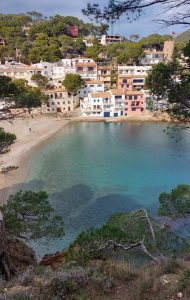

After spending the morning in Cadaqués, we continued down the coast. In this area you will see some beautiful landscapes as the coast is dotted with impressive cliffs and rugged landscapes.
Although there are many beaches and coves in the area, we decided to stop at Sa Tuna, a charming cove surrounded by cliffs and crystal-clear waters, perfect for relaxing and enjoying the serenity of the natural surroundings. Here we did a very nice coastal path, although there were several and depending on how long you want to stay and your physical fitness you can choose between several.
Next we drove to the last stop of the day, Calella de Palafrugell, a charming coastal town known for its beaches and relaxed atmosphere. We walked along the promenade and enjoyed the views of the sea.
Day 6: Girona
The next day, we headed back inland to visit the city of Girona. With a rich history dating back to Roman times, Girona is known for its charming old town, impressive monuments, and medieval atmosphere.
We spent the whole day in the city and here are our recommendations for what you can’t miss:
Mercat de Lleó:Here you can find many typical products from the area, such as cheeses and sausages.
Jewish Quarter (Call Jueu):This historic neighborhood is one of the best preserved in Europe and will transport you back to the Middle Ages. Its narrow cobbled streets, Gothic arches, and picturesque courtyards are a pleasure to explore.
Catedral de Girona (Catedral de Santa María de Girona):This majestic Gothic cathedral overlooks the city and offers stunning panoramic views from its steps.
Murallas de Girona:The medieval walls of Girona are one of the most complete and best preserved in all of Spain. You can walk along them and enjoy spectacular views of the city and the surrounding landscapes. No admission is required.


The Onyar River:
Stroll along the banks of the river. Don’t miss the iconic colorful buildings that are reflected in the water, especially from the Puente de las Peixateries Velles.
Day 7: Platja d’Aro and Return to Barcelona – A Perfect Ending
Platja d’Aro is a popular tourist destination known for its beaches. It is a medium-sized town where you will find many shops, restaurants, and bars. Here you can relax and take a walk along Playa Gran. Although the weather was not good on that day, there are many coves in the area that you can visit, such as Cala Rovira and Cala Sa Cova.
With luck, you can enjoy the last day of sun and sea before returning to Barcelona to end your adventure on the Costa Brava.
The Costa Brava in winter is highly recommended
The conclusion of this trip is that the Costa Brava offers a unique experience even in winter and these are the main reasons:
Fewer Tourists:
During the winter season, the Costa Brava tends to be less crowded compared to the summer months. This means that you can enjoy its charming coastal towns, beaches, and tourist attractions with more space and fewer crowds. In addition, you are more likely to find cheaper accommodation rates and easier reservations for restaurants and activities.
Mild Climate:
Despite being winter, the Costa Brava enjoys a mild and temperate climate for much of the year. Temperatures rarely drop to extremely cold levels, meaning you can still enjoy beach walks, hiking in nature, and outdoor activities without the scorching summer heat.
Outdoor Activities:
From hiking along the coast and inland to cycling, there are many ways to enjoy the region’s nature and stunning scenery.
In short, traveling to the Costa Brava in winter is a perfect opportunity to explore the region in a more peaceful and authentic way.

